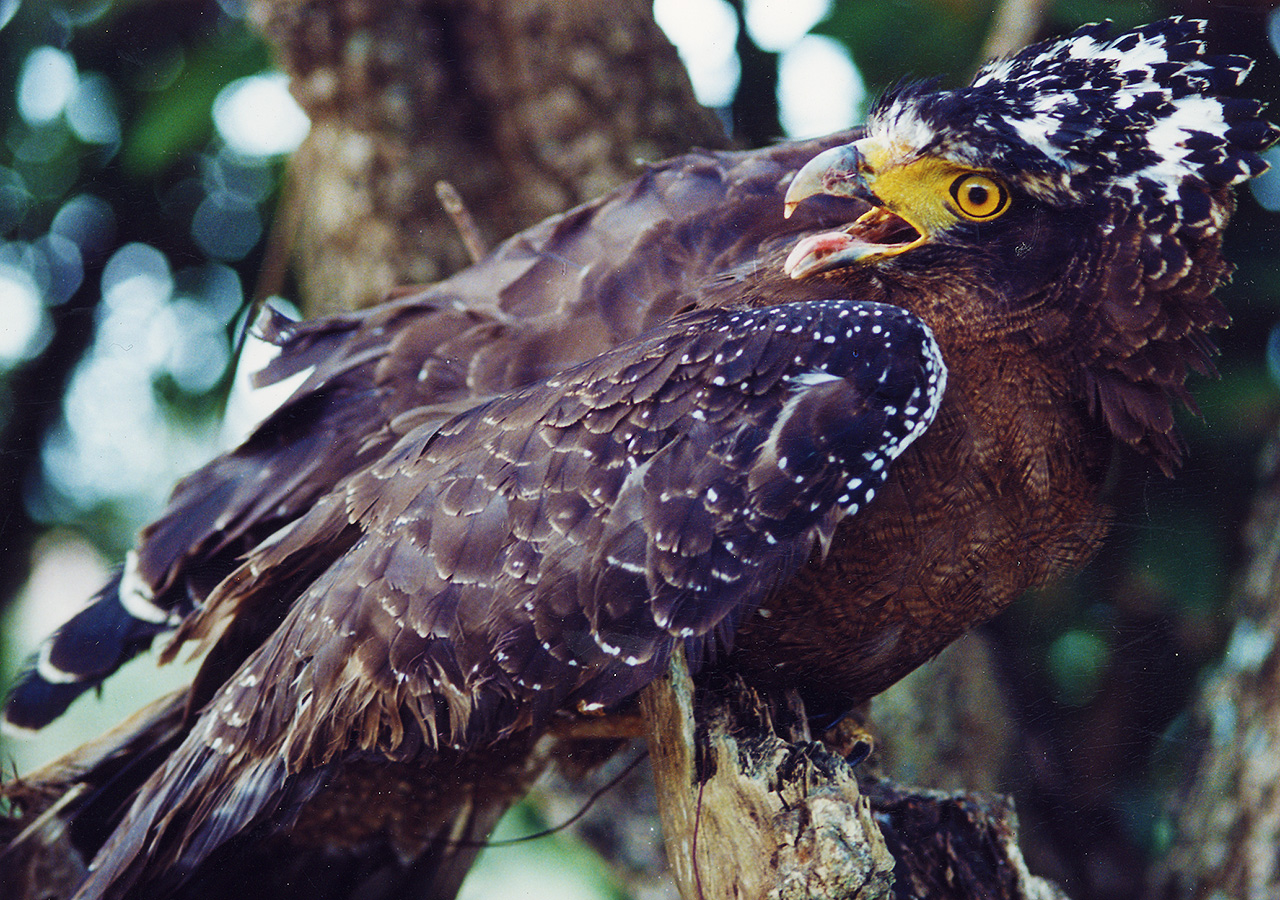Manjhou Eagle Watching Introduction
The Mangrove Township Eagle Watching event has become one of the most important annual events for birdwatchers. Mangrove Township features a river valley landscape surrounded by low hills, providing a natural shelter due to its mountain barrier, making it the best windbreak in Hengchun. With its rich vegetation, it has become the ideal winter habitat for the Eastern Marsh Harrier. The Eastern Marsh Harrier is a common migratory bird in Taiwan, residing in Siberia, northeastern China, and Japan. During autumn and winter, they migrate south, and Taiwan is strategically located along their migration route, peaking in numbers around the Double Tenth Festival, earning them the nickname "National Day Bird." The Eastern Marsh Harriers predominantly roost around the Lide Village during their migration through Mangrove, and the three best eagle-watching locations are "Mangrove Bridge, Hilltop Bridge, and Lide Bridge." The open surroundings provide a broad view, allowing for spectacular sightings of flocks of Eastern Marsh Harriers. Eagle Watching Time: The migration of Eastern Marsh Harriers through Taiwan typically occurs from early to mid-October each year. After 10 AM daily, flocks begin to arrive from the north, flying over Longluan Lake or Sheting Park before continuing south to Mangrove Township. By the time they reach above Mangrove Township, it is nearly noon, making it the best time for eagle watching. The harriers will ascend to certain heights on thermal currents, circling repeatedly, then descending and ascending again. At dusk, they settle on treetops to rest, a phenomenon known as "roosting." Eagle Watching Equipment: When preparing for eagle watching, a "telescope" and a "field guide" are essential items to bring along! As you observe the Eastern Marsh Harrier, it's helpful to record your observations, including the time, location, species, and other notes. Additionally, carefully observing the flight behavior of the harrier can help you accumulate valuable birdwatching experience for future research and analysis. Remember to avoid wearing bright clothing to prevent attracting the birds' attention. Eastern Marsh Harrier Profile: The Eastern Marsh Harrier, also known as the National Day Bird, has a gray patch on its face, gray-brown and red on its crown, with white markings above its eyes and on its throat. They are found in places such as Siberia, northeastern China, the Korean Peninsula, and Japan. Migration Routes: Eastern Marsh Harriers may take overland routes from Siberia, South Korea, and northeastern China, or follow maritime routes through Japan and the Ryukyu Islands. Ultimately, both paths lead them to northeastern Taiwan, where they travel along the north-south axis of the Central Mountain Range to Hengchun Peninsula, resting in Mangrove Township before continuing their journey across the Bashi Channel to warmer areas for winter.































